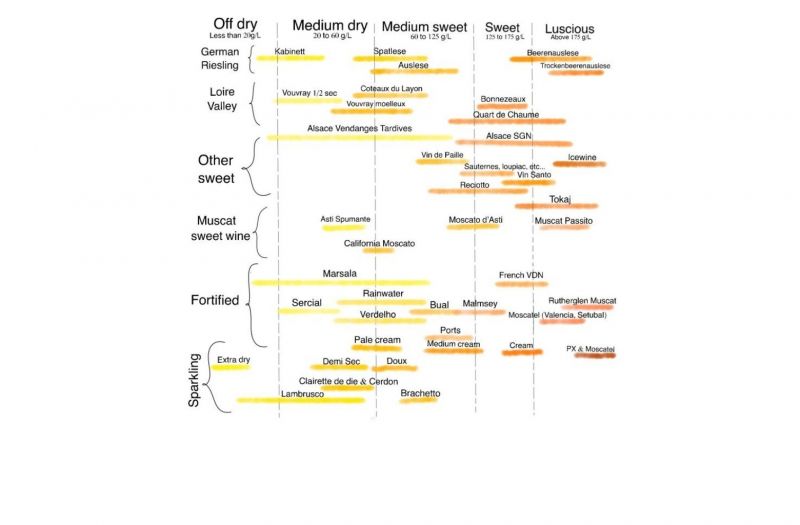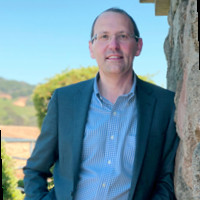Educating Sommeliers Worldwide.
By Beverage Trade Network

Sommelier Business joins with Nicolas Quillé, MW to create a short wine technical series to give on-trade professionals wine technical knowledge. In this article we write about Estimating Residual Sugar
Estimating residual sugar (RS) helps during wine tasting. Discovering how the wine got sweet will help identification:
1. Arrested fermentation: grapes picked between 10 and 14% potential ABV and fermentation stopped before dryness. Clues are lower ABV than its potential ABV, solid acidity & high level of focused primary and secondary aromatics.
2. Fortification: grapes picked at moderate sugar levels & added high proof stops the fermentation. Clues are a high level of RS & the high ABV is matched by a solid acidity.
3. Concentration of grapes to a high potential ABV before fermentation (14 to 35%) using:
a. Cryoextraction: Frozen grapes are pressed concentrating the juice. Freezing may occur in the field (true icewine) or in a freezing chamber. Clues are elevated acidity, intense focused fruit, high RS. Freezing chamber leads to purest styles. True icewine are more complex (layers from dehydration and botrytis)
b. Dehydration: from late harvest or by disconnecting the cluster from the plant and drying. Clues are high RS, moderate to low acidity, moderate alcohols, distinctive raisin aromatics, sometime VA.
c. Botrytis: dehydration through the intervention of noble rot. Clues are elevated RS, high viscosity (glycerol), low acidity, moderate alcohols and ginger/honey aromatics.

Born in Lyon, France, from a family in the wine business for three generations. Nicolas has a Master degree in winemaking from the University of Dijon, Burgundy and a Master in sparkling winery management from the University of Reims, Champagne. Prior to coming to the United States, have worked in Burgundy and the Rhone Valley as a winemaker.
He came to the United States in 1997 and worked for J. Lohr and The Hogue Cellars as a winemaker. During his time at Hogue Cellars, he went back to school and earned a MBA with honors from the University of Washington (first of class). He was the General Manager and Winemaker for Pacific Rim for 10 years where I lead our two wineries making 600,000 cases of wine. He recently took a position as the Chief Winemaking and Operations Officer for the Crimson Wine Group supervising six prestigious estate wineries in OR, WA and CA. In 2018 he became a Master of Wine formerly joining the prestigious Institute of Masters of Wine.